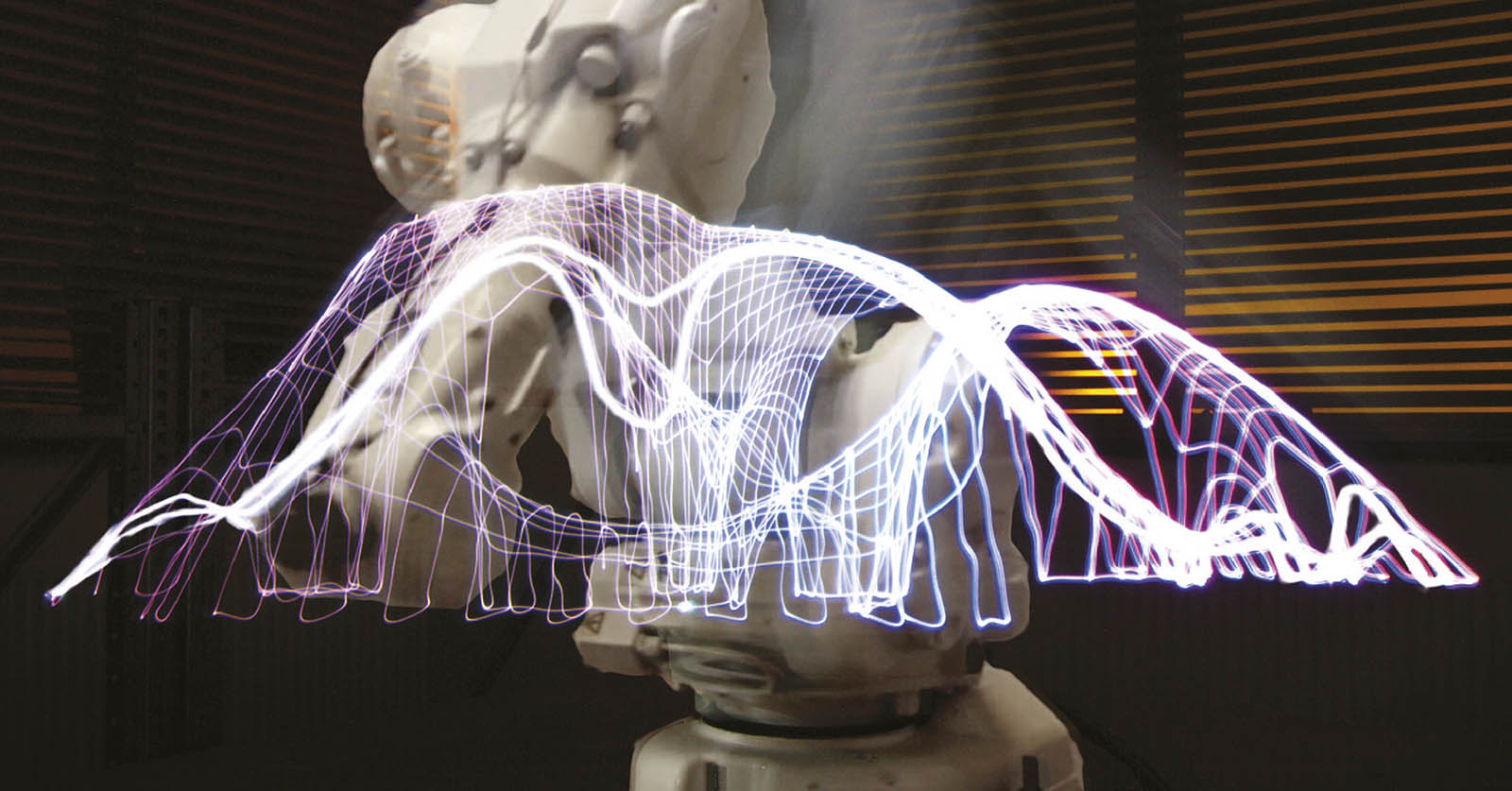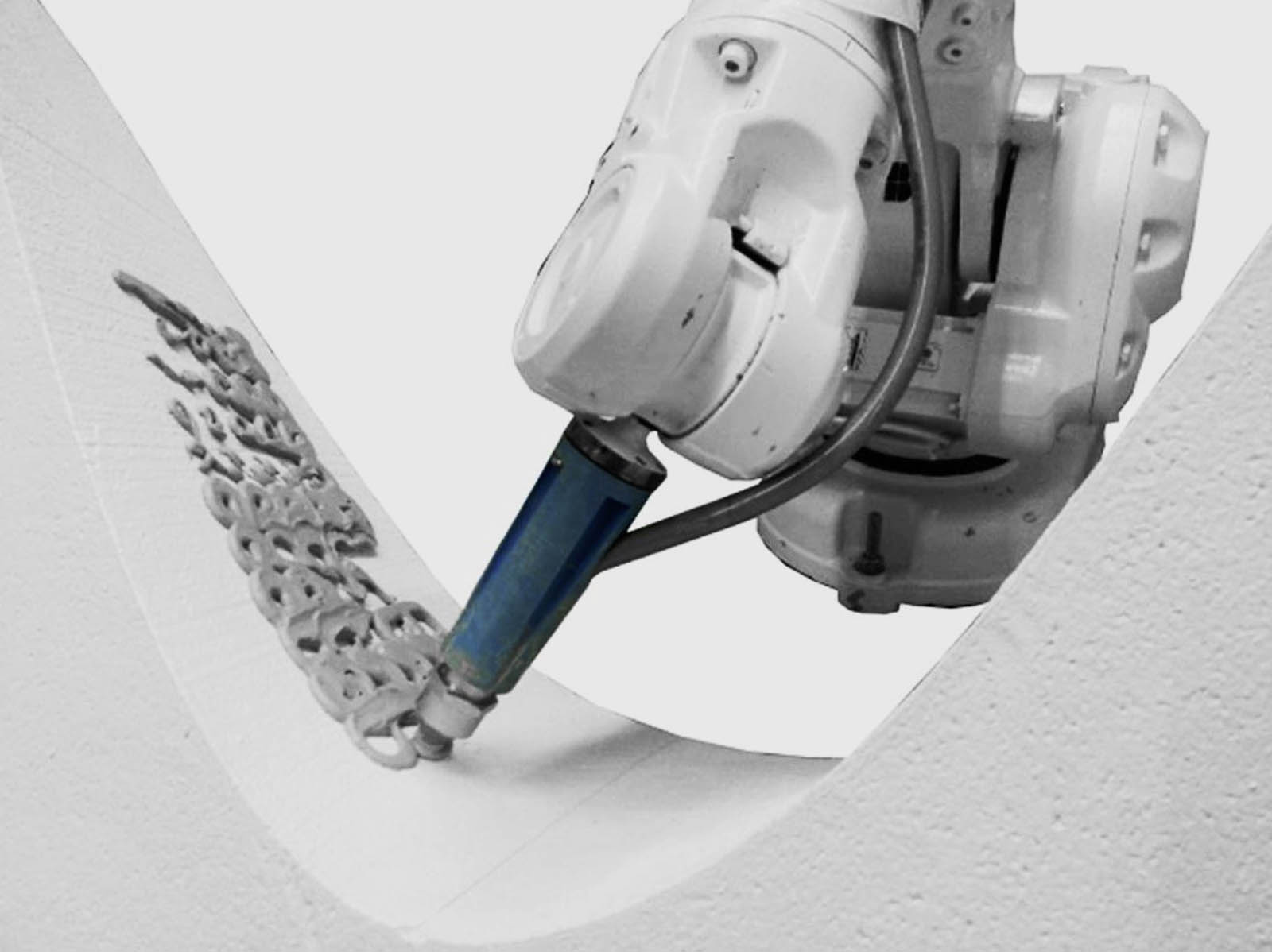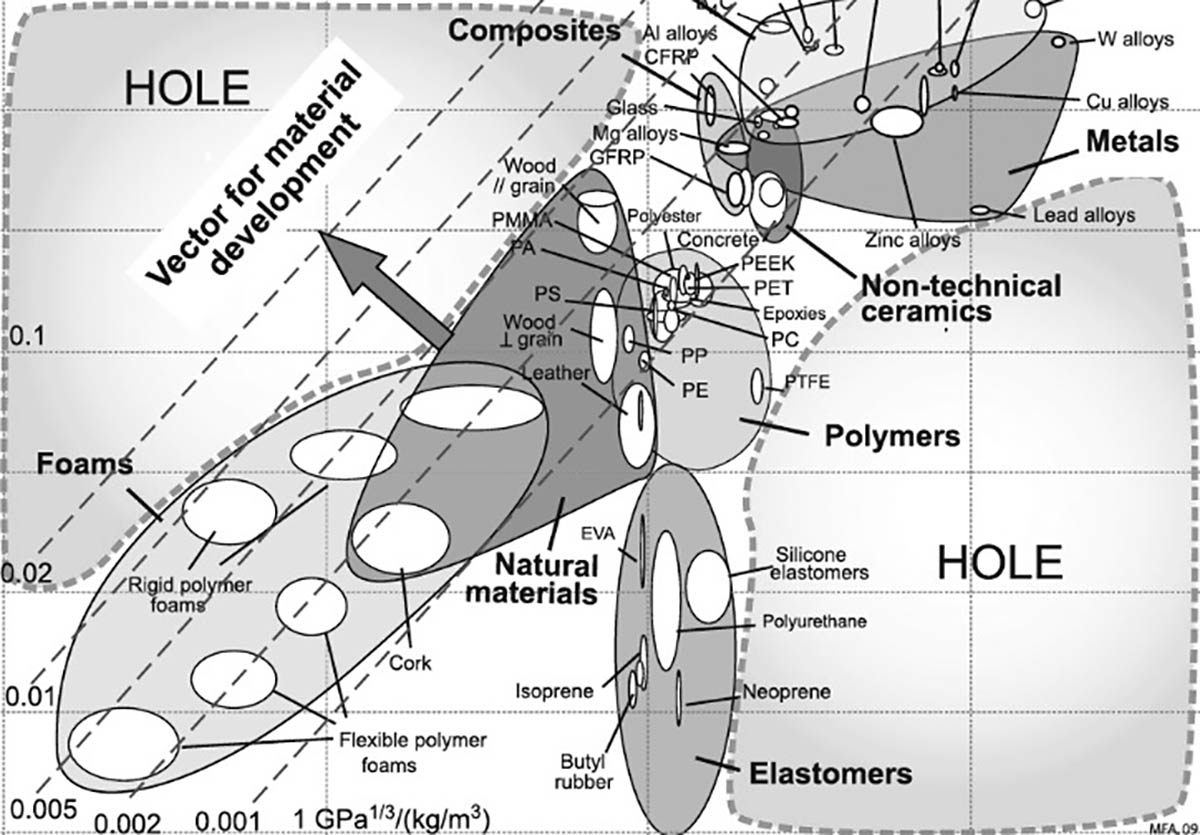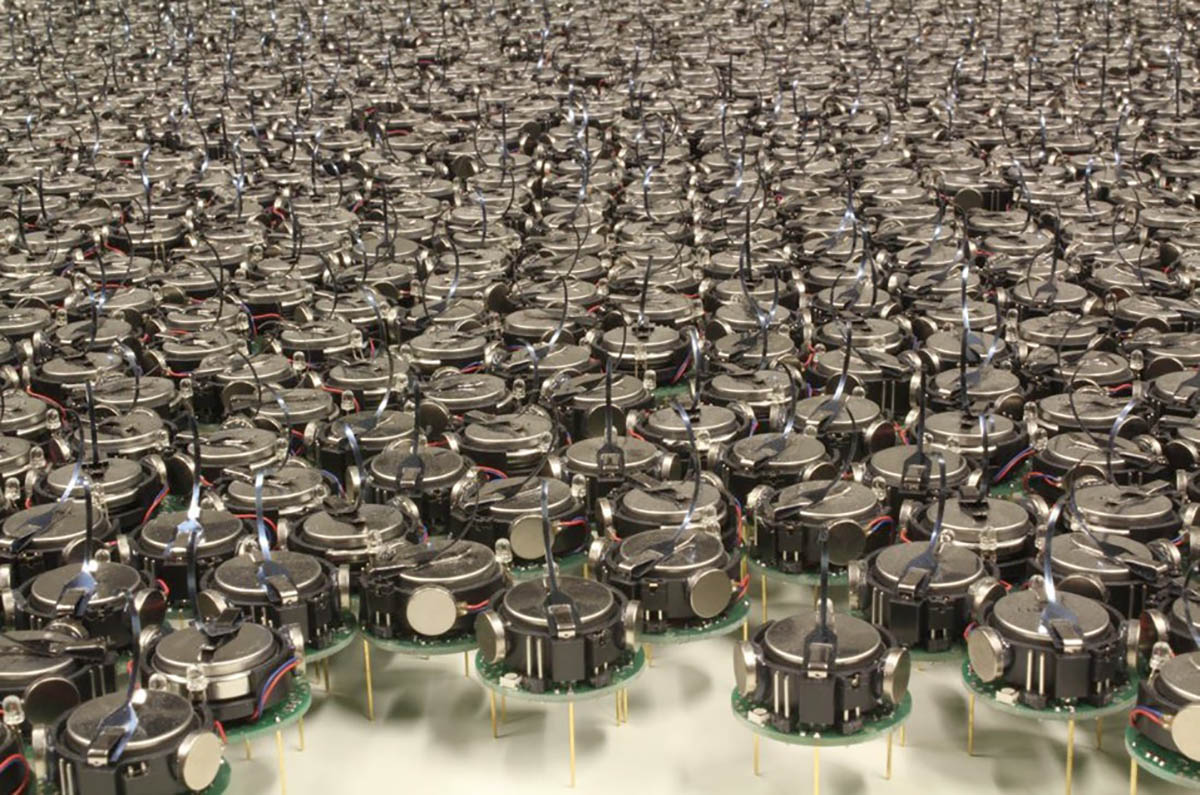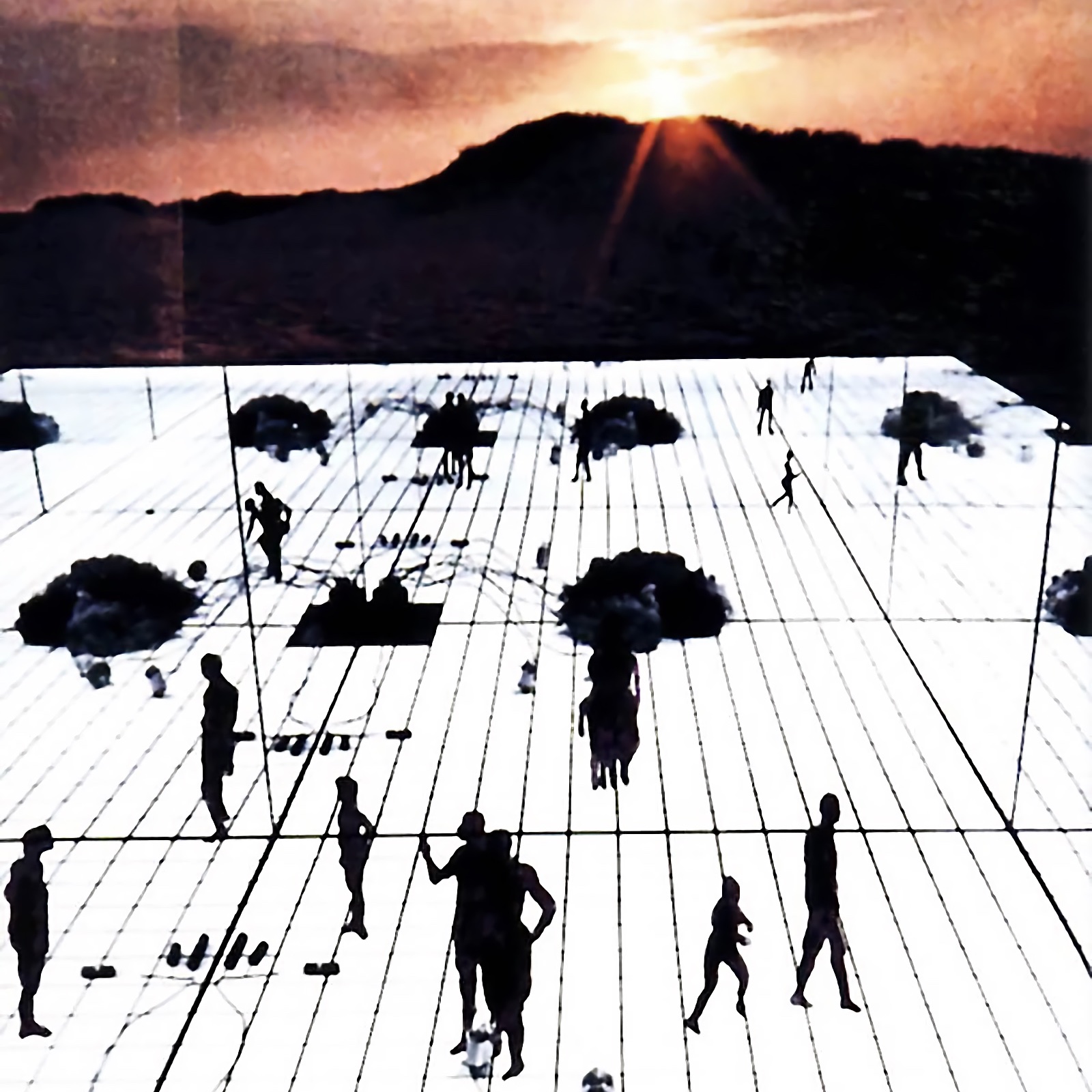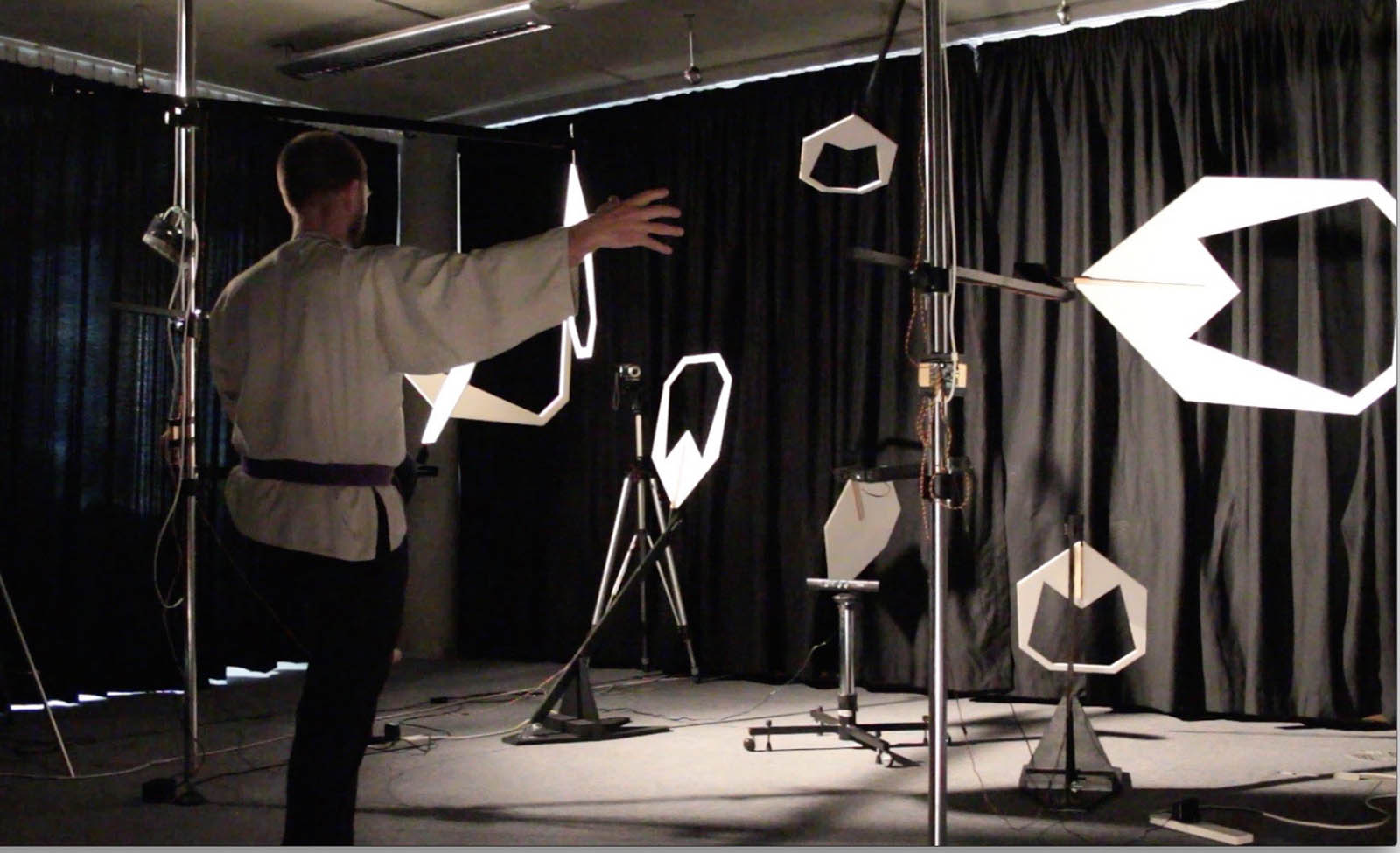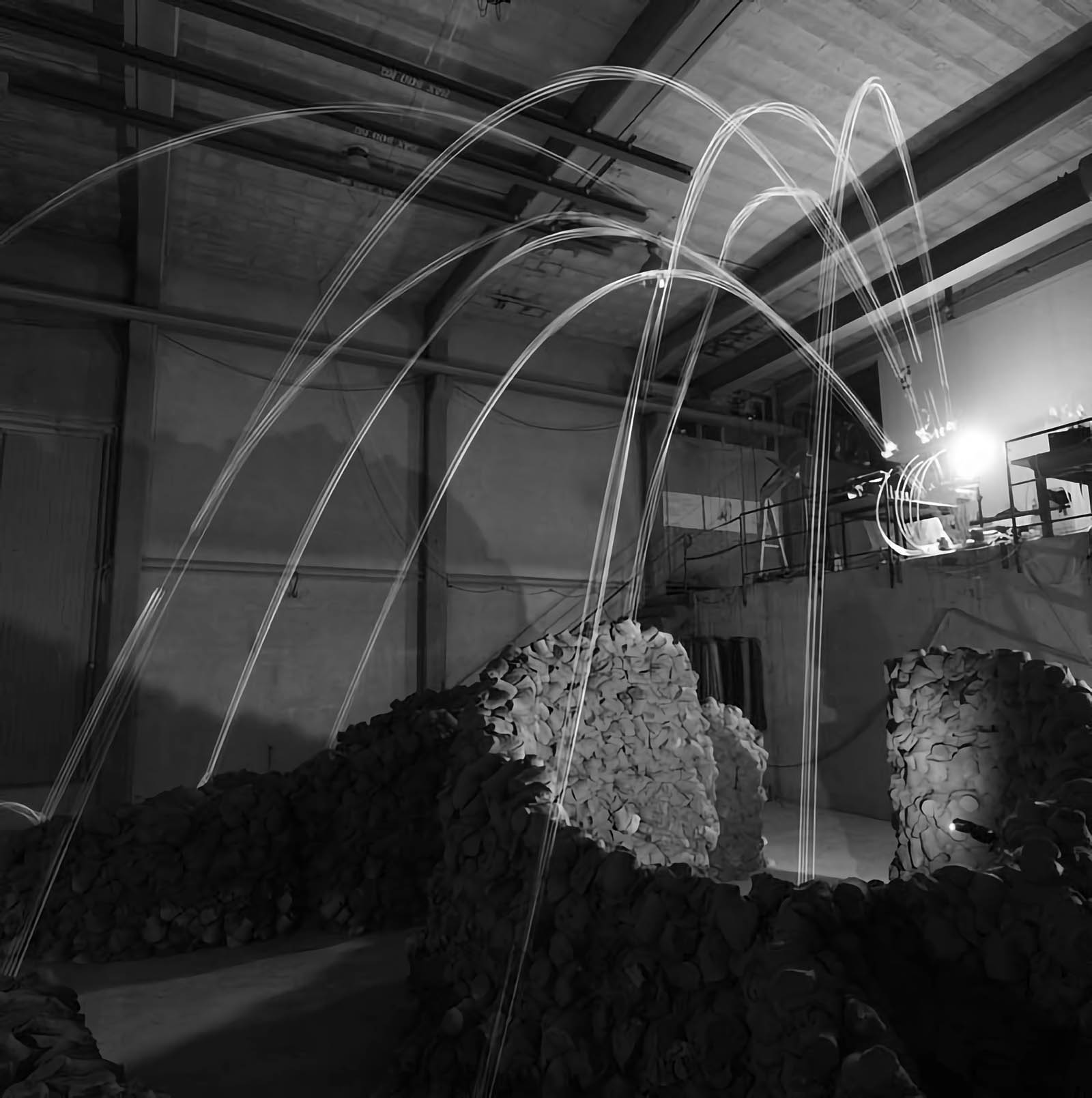
Robotic Building
8 articles / 62 pages
E-ISSN 2215-0900
Issue editor
Dr. Ir. Henriette Bier, TU Delft
Editorial
-
While architecture and architectural production are increasingly incorporating aspects of non-human agency employing data, information, and knowledge contained within the (worldwide) network connecting electronic devices, the relevant question for the future is not whether robotic building will be implemented, but how robotic systems will be incorporated into building processes and physically built environments in order to serve and improve everyday life.
This issue of SPOOL aims to answer this question by critically reflecting on the achievements of the last decades in...
Articles
-
Design to Robotic Production (D2RP) establishes links between digital design and production in order to achieve informed materialization at an architectural scale. D2RP research is being discussed under the computation, automation and materialization themes, by reference to customizable digital design means, robotic fabrication setups and informed materialization strategies implemented by the Robotic Building group at Hyperbody, TU Delft.
-
Architectured materials are a rising class of materials that bring new possibilities in terms of functional properties, filling the gaps and pushing the limits of Ashby’s materials performance maps [1]. Capitalizing on the concepts of architectured materials, explorations of the potential applications of large-scale 3D printing techniques to civil engineering structures were recently implemented in the DEMOCRITE project.
-
Not only recent Science Fiction – e.g., Star Trek Beyond (USA 2016) – celebrates the capacities of robot collectives. Also RoboCup, an annual robot soccer competition, or Harvard University’s Kilobot Project show stunning examples of the central idea behind Swarm Robotics: »[U]sing swarms is the same as getting a bunch of small cheap dumb things to do the same job as an expensive smart thing« (Beni/Wang 1989). This article examines some crucial aspects of the techno-history of a research field which intertwines engineering and biological knowledge and whose applications deal with...
-
The next horizons of human-computer interaction promise a whirling world of digital bytes, physical bits, and their hybrids. Are human beings prepared to inhabit such cyber-physical, adaptive environments? Assuming an optimistic view, this chapter offers a reply, drawing from art and art history, environmental design, literature, psychology, and evolutionary anthropology, to identify wide-ranging motivations for the design of such “new places” of human-computer interaction. Moreover, the author makes a plea to researchers focused in the domain of adaptive environments to pause and take a...
-
Adaptive Architecture concerns buildings that are specifically designed to adapt to their inhabitants and to their environments. Work in this space has a very long history, with a number of adaptive buildings emerging during the modernist period, such as Rietveld’s Schröder house, Gaudi’s Casa Batlló and Chareau's Maison de Verre. Such early work included manual adaptivity, even if that was motor-assisted. Today, buildings have started to combine this with varying degrees of automation and designed-for adaptivity is commonplace in office buildings and eco homes, where lighting, air...
-
This paper presents a high-resolution intelligence implementation based on Design-to-Robotic-Operation (D2RO) principles and strategies specifically employed to attain and to sustain Interior Environmental Quality (IEQ) within a dynamic built-environment. This implementation focuses on two IEQ-parameters, namely illumination and ventilation; and is developed in three main steps. In the first step, a formal design-criteria based on D2RO principles is developed in order to imbue considerations of intelligence into the early stages of the...
Projects
-
To fully exploit Digital Fabrication within architecture, robotic fabrication must be expanded in prefabrication, but also fully implemented directly on construction sites. Focus of featured projects is on how to bring robots directly to the construction site and autonomously fabricate structures beyond factory conditions.
-
The Institute for Materialdesign (IMD) understands itself as a hub for inspiration – analogue and digital methods are combined - along with an interdisciplinary context - to create cross-material innovations. Ideas are frequently generated through the characteristics of the material itself, its qualities and its possibilities as well as its limits. Through the speculative combination of materials, transferring traditional processes of fabrication into innovative contexts, surprising results are achieved. Experimenting, questioning and researching become ever more important in an...
